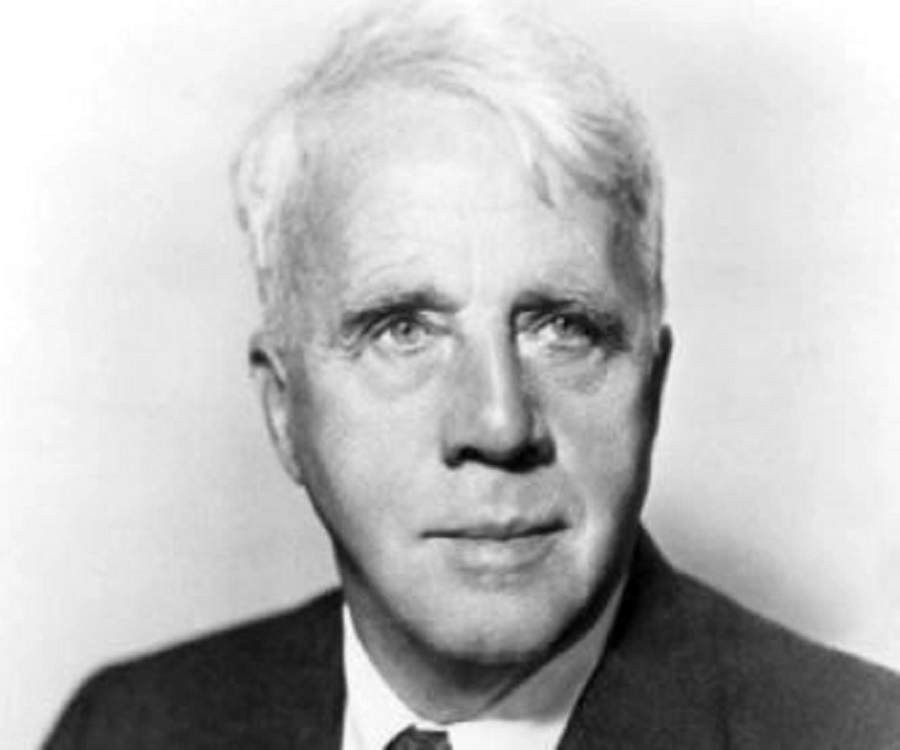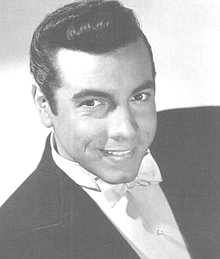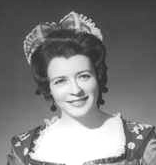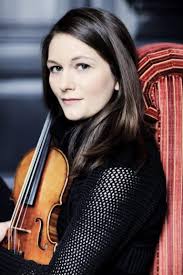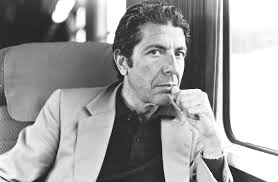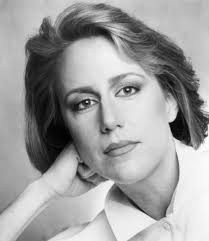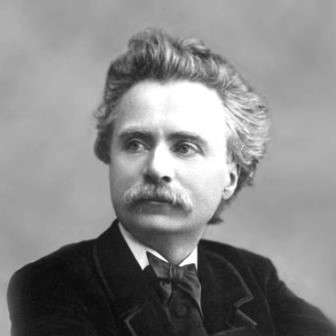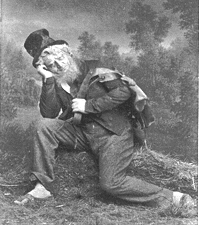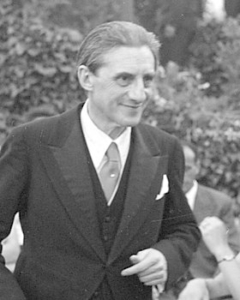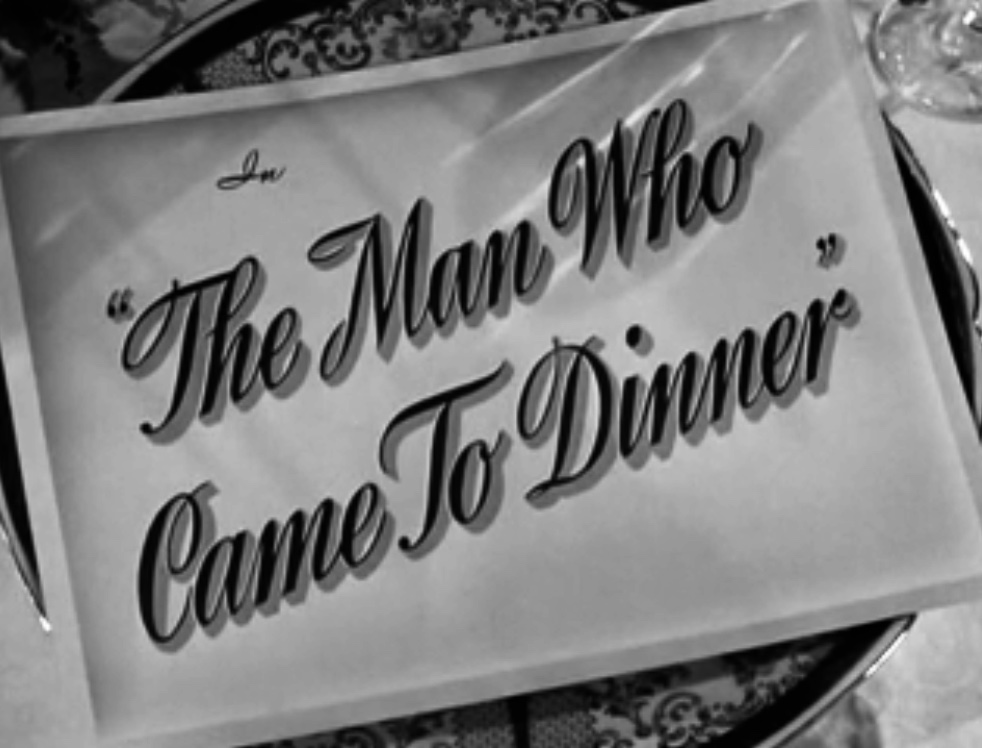
The Man Who Came to Dinner (1942)
The Man Who Came to Dinner
starring Monte Woolley, Bette Davis, Reginald Gardner, Ann Sheridan, Jimmy Durante, Mary Wickes, Richard Travers etc.; directed by William Keighley; Warner Brothers, dvd, released New Year’s Day, 1942, 112 minutes.
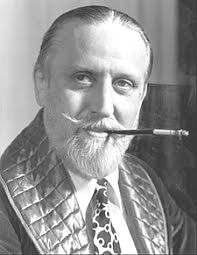
Monty Woolley
Although Monty Woolley (1888-1963) appeared in a number of other films and plays, his most well-known role is that of the radio commentator, lecturer and boa-constructor wit, Sheridan Whiteside, known as “Sherry” to his select friends. The 1942 film came on the heels of several hundred performances on Broadway of this George S. Kaufman/Moss Hart play, during which Woolley honed his character to the most exacting level.
Whiteside was based on the legendary Algonquin Round Table wit, Alexander Woolcott (1887-1943), his own larger-than-life heft and personality worthy of another column.
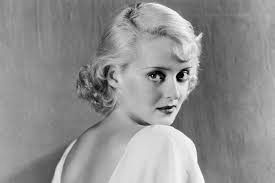 The plot begins when Whiteside and his secretary of many long-suffering years, Maggie, played by Bette Davis, stop for a lecture in an Ohio city during the cold of winter and accept an invitation to a luxuriant house for dinner. He walks up the slippery front steps, falls and breaks his hip. Because he is stuck in a wheelchair for an unknown number of weeks, he seizes control of the house from its rightful owners and launches a dictatorship of everyone and everything in it.
The plot begins when Whiteside and his secretary of many long-suffering years, Maggie, played by Bette Davis, stop for a lecture in an Ohio city during the cold of winter and accept an invitation to a luxuriant house for dinner. He walks up the slippery front steps, falls and breaks his hip. Because he is stuck in a wheelchair for an unknown number of weeks, he seizes control of the house from its rightful owners and launches a dictatorship of everyone and everything in it.
The insults and other comments among Whiteside, Maggie and others are non-stop. Meanwhile, Maggie can hold her own with sassing him back and forth, Bette Davis delivering one very fine performance in the film.
Other cast members give performances of their lifetimes. Ann Sheridan portrays Lorraine Sheldon, a successful actress, and long-time friend of Whiteside and mutual enemy of Maggie who travels from Florida to visit Whiteside for as long as she, not Whiteside, wants. Her manipulations of everyone around her add lots of comedy to the film.

Jimmy Durante
Jimmy Durante plays another friend, Banjo, and film comedian, who drops in to visit Whiteside on his way from Hollywood to Nova Scotia because he wishes to feast on salmon in eastern Canada and avoid one of his girlfriends whom he had promised to visit in New York City. Whiteside refers to Banjo as the “reform school fugitive” and invites him to stay for as long as both Whiteside and Banjo want. Banjo’s initial indecision about the amount of time to take advantage of Whiteside’s hospitality leads to Durante’s classic song-and-dance sketch, Did You Ever Have the Feeling that You Wanted to Go and the Feeling that You Wanted to Stay?
Space limits details on additional members in the cast but Reginald Gardiner, Mary Wickes and Richard Travers are worthy of very honorable mention.
Quotes from the film:
Whiteside: ‘Banjo, my lad, you’re wonderful. I may write a book about you.’
Banjo: ‘Don’t bother. I can’t read.’
Maggie: ‘Sheri, the next time you do not want to see anybody, just let me know and I’ll usher them right in.’
 by Peter Cates
by Peter Cates

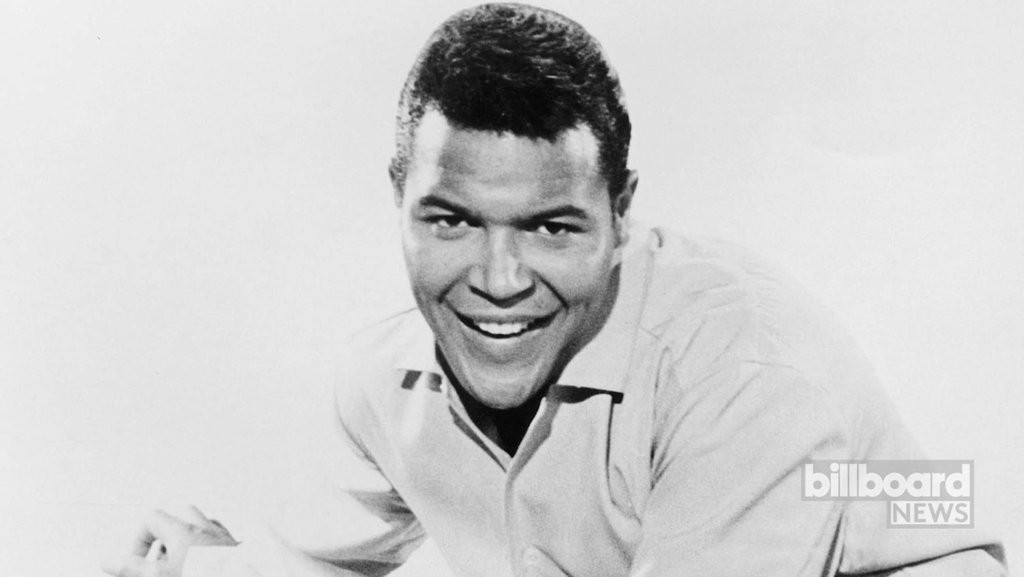
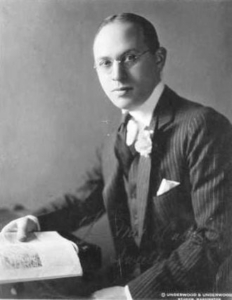
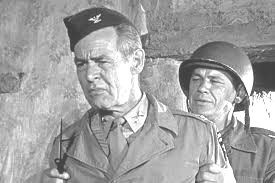
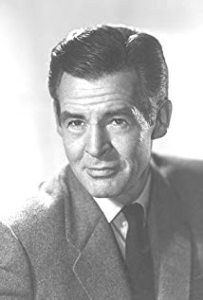
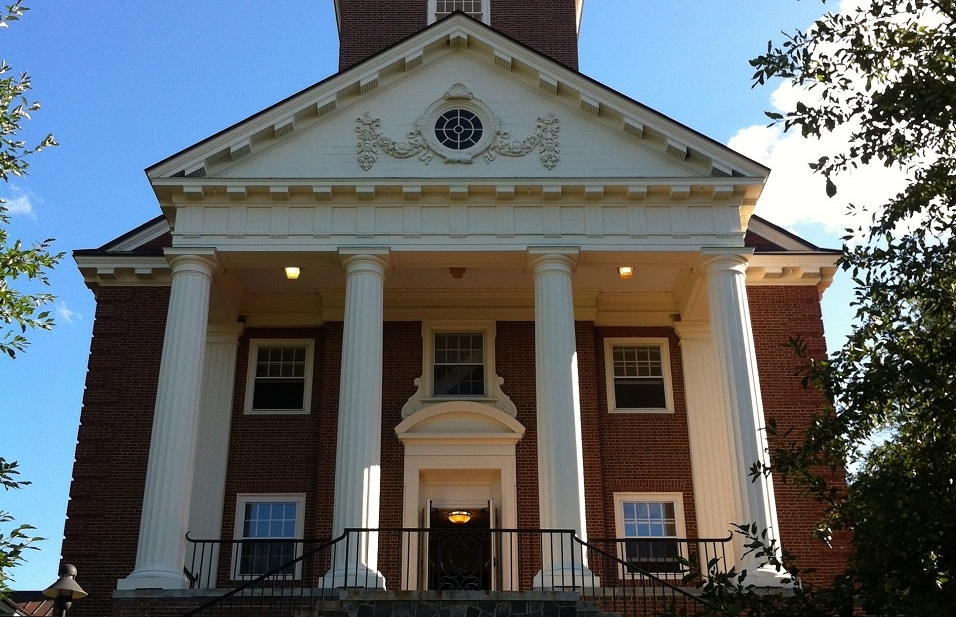
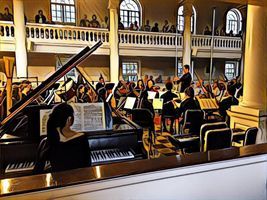 Because of my abysmal laziness and stupidity, even though I knew about the AMF, I had not attended any of its previous concerts until the season’s final two this past Friday and Saturday at the College’s Lorimer Chapel. I now stand duly admonished because of what I had been missing the last 11 years.
Because of my abysmal laziness and stupidity, even though I knew about the AMF, I had not attended any of its previous concerts until the season’s final two this past Friday and Saturday at the College’s Lorimer Chapel. I now stand duly admonished because of what I had been missing the last 11 years.